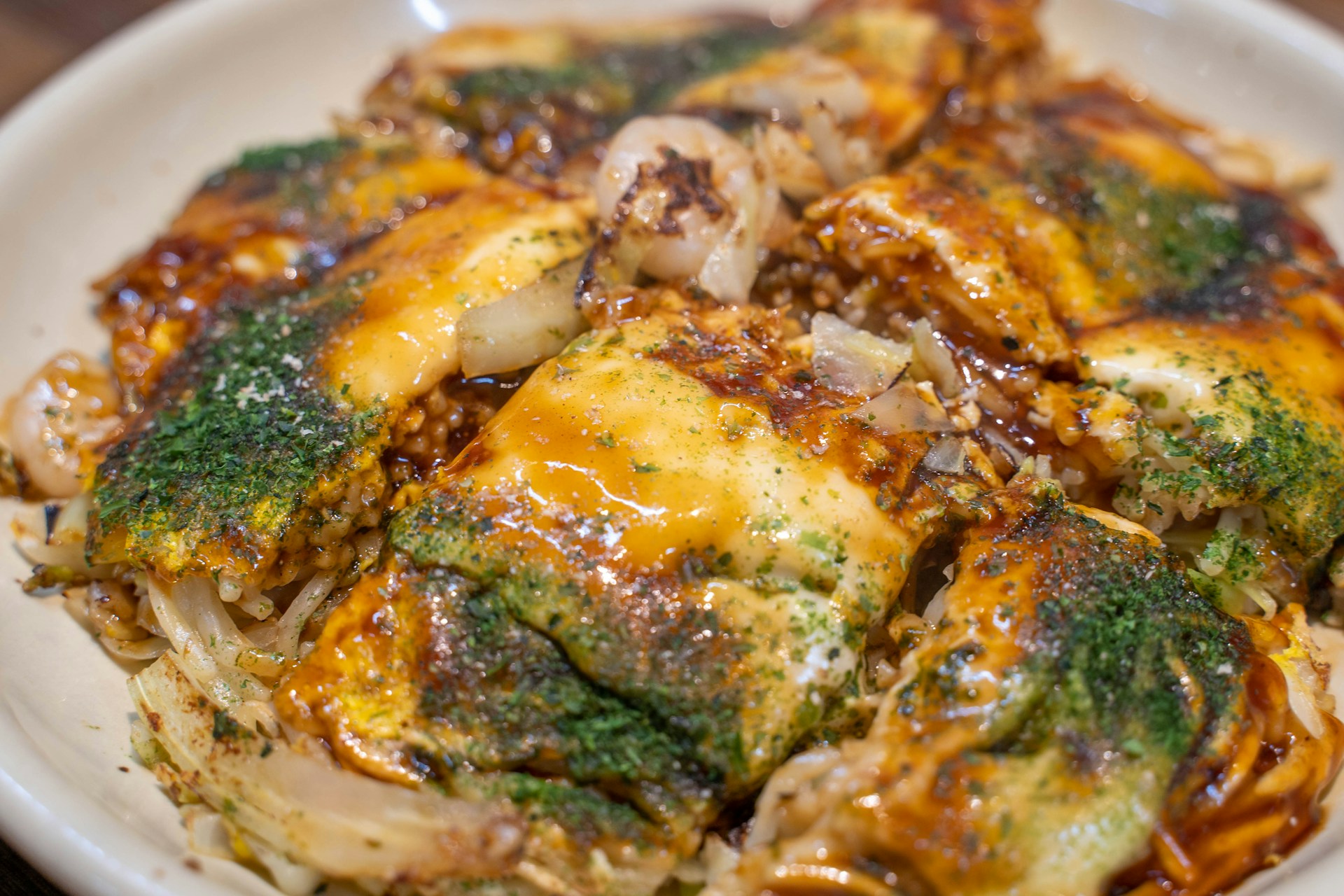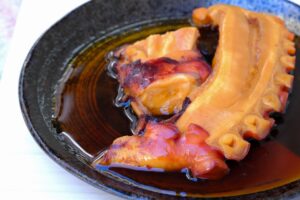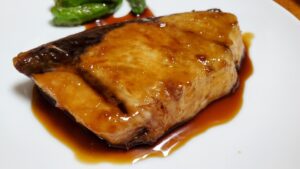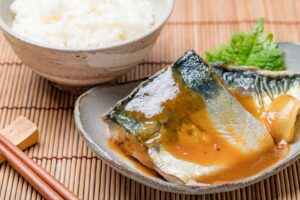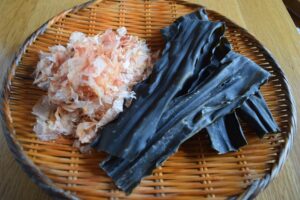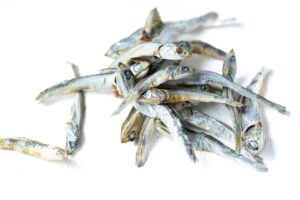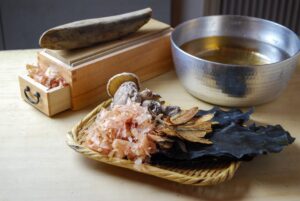This article delves into the world of okonomiyaki, offering a comprehensive guide that includes traditional recipes, cooking techniques, cultural significance, and regional variations. Additionally, it addresses popular questions and provides insights into vegetarian, vegan, and gluten-free options to cater to diverse dietary needs.
What is Okonomiyaki?
Okonomiyaki, often described as a Japanese savory pancake, has its roots in post-World War II Japan. The name itself translates to “grilled as you like it,” reflecting the customizable nature of the dish. It originated in Osaka but quickly spread throughout Japan, becoming a beloved comfort food. Okonomiyaki holds cultural significance as a dish that brought people together during difficult times. Traditionally, it includes a batter made from flour, eggs, shredded cabbage, and a variety of toppings such as meat, seafood, and vegetables. Over time, regional variations have emerged, each with its own unique twist on the classic recipe.
How to Make Traditional Okonomiyaki
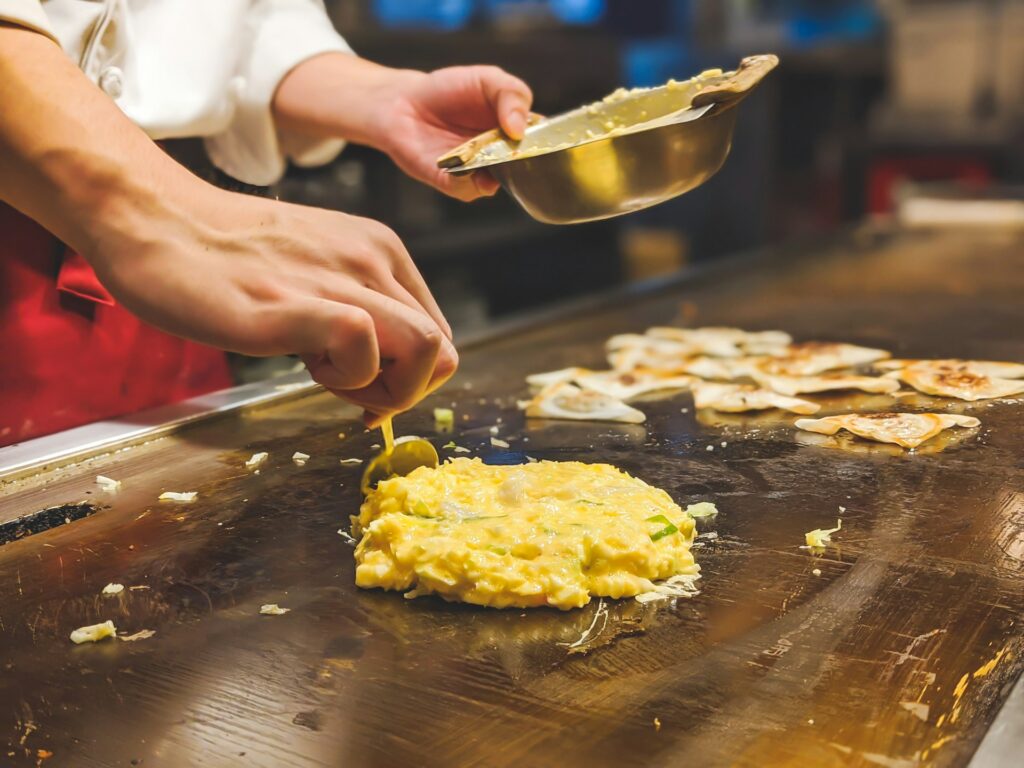
Making traditional okonomiyaki at home is a delightful culinary adventure. Here’s a step-by-step guide to crafting this savory delight:
- Ingredients:
- 1 cup all-purpose flour
- 2/3 cup dashi or water
- 2 large eggs
- 4 cups shredded cabbage
- 1/2 cup chopped green onions
- 1/2 cup thinly sliced pork belly or bacon
- Okonomiyaki sauce (store-bought or homemade)
- Japanese mayonnaise
- Bonito flakes
- Aonori (seaweed flakes)
- Instructions:
- Prepare the Batter: In a large bowl, mix the flour and dashi until smooth. Beat in the eggs until well combined.
- Add the Veggies: Fold in the shredded cabbage and green onions.
- Heat the Griddle: Preheat a griddle or non-stick skillet over medium heat. Lightly oil the surface.
- Cook the Pancakes: Pour a ladleful of batter onto the griddle, spreading it into a round shape. Arrange slices of pork belly on top.
- Flip and Finish: Cook for about 5 minutes until the bottom is golden brown, then flip and cook for another 5 minutes. Both sides should be nicely browned.
- Serve: Drizzle okonomiyaki sauce and Japanese mayonnaise over the top. Sprinkle with bonito flakes and aonori. Serve hot.
Okonomiyaki Variations
Okonomiyaki varies widely across different regions in Japan. The two most famous styles are Osaka-style and Hiroshima-style.
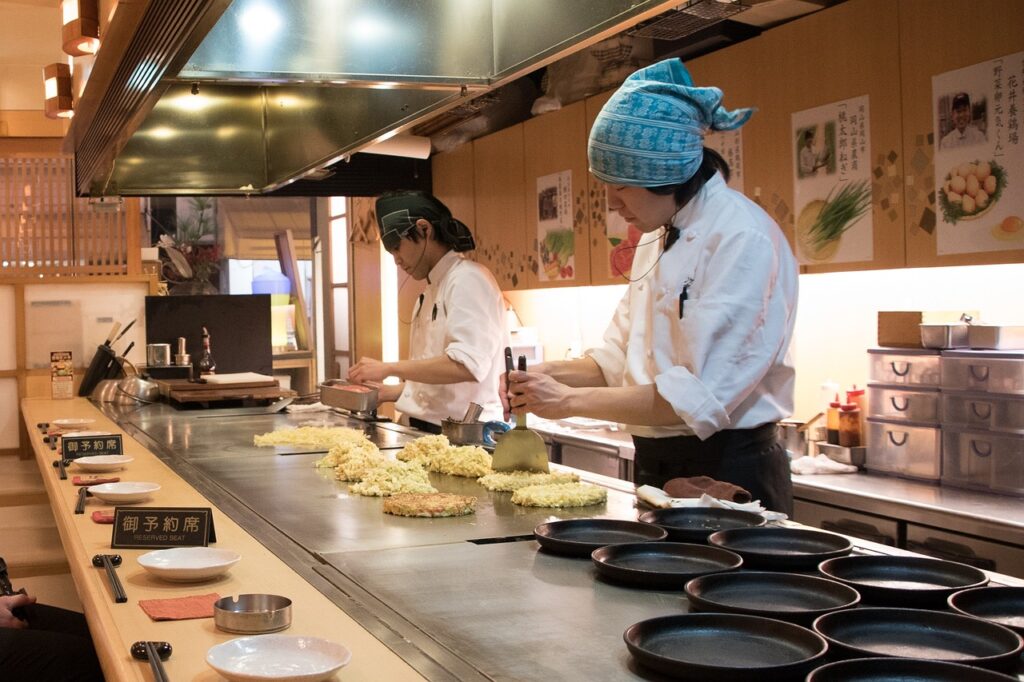
- Osaka-Style: This is the most common version, where all ingredients are mixed into the batter. It’s cooked in a single layer and topped with sauce, mayonnaise, bonito flakes, and aonori.
- Hiroshima-Style: In this version, the ingredients are layered rather than mixed. A thin layer of batter is cooked first, followed by layers of cabbage, pork, and optional noodles, then topped with another layer of batter.
Other regional variations include adding unique local ingredients or tweaking the basic recipe to reflect local tastes. Each style brings a distinct flavor and texture, showcasing the versatility of okonomiyaki.
Vegetarian and Vegan Okonomiyaki
For those following vegetarian or vegan diets, okonomiyaki can be easily adapted:
- Vegetarian Okonomiyaki: Simply omit the pork belly and add more vegetables like mushrooms, bell peppers, or tofu. Use vegetable dashi for the batter.
- Vegan Okonomiyaki: Replace eggs with a flaxseed or chia seed mixture (1 tablespoon of seeds mixed with 2.5 tablespoons of water per egg). Use plant-based mayonnaise and ensure all other ingredients, like sauces, are vegan-friendly.
These adaptations maintain the deliciousness of okonomiyaki while catering to various dietary preferences.
Gluten-Free Okonomiyaki
For a gluten-free version, substitute the all-purpose flour with a gluten-free flour blend. Additionally, ensure that the dashi or water used is gluten-free. The result is a tasty and inclusive dish that everyone can enjoy.
Okonomiyaki Sauce and Toppings
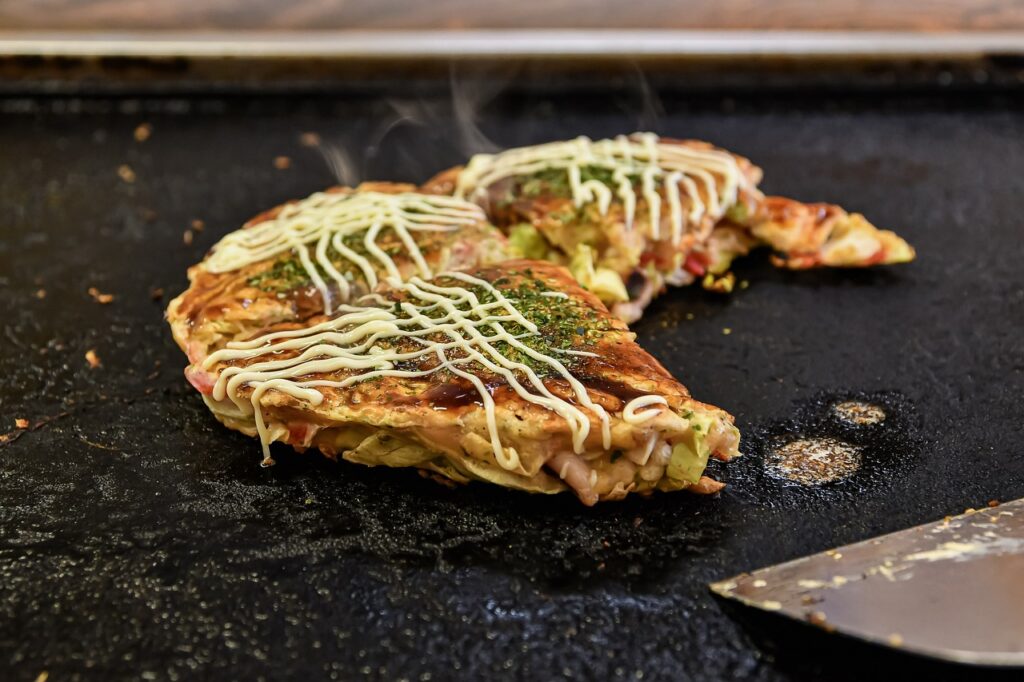
The hallmark of a great okonomiyaki is its sauce and toppings. Okonomiyaki sauce is a savory, sweet, and tangy condiment similar to Worcestershire sauce but thicker and richer. Here’s a simple recipe:
- Ingredients:
- 3 tablespoons Worcestershire sauce
- 3 tablespoons ketchup
- 1 tablespoon soy sauce
- 1 tablespoon sugar
- Instructions:
- Combine all ingredients in a small saucepan.
- Simmer over low heat, stirring occasionally, until the sauce thickens slightly.
Toppings:
- Japanese Mayonnaise: Adds a creamy, tangy flavor.
- Bonito Flakes: Dried fish flakes that move when placed on the hot pancake, adding a savory umami taste.
- Aonori: Finely ground seaweed that provides a fresh, oceanic flavor.
Feel free to customize with additional toppings like pickled ginger, sesame seeds, or green onions.
Okonomiyaki in Popular Culture
Okonomiyaki has a notable presence in Japanese popular culture. It appears in various films, TV shows, and anime, often depicted as a beloved comfort food. For instance, the anime “My Hero Academia” features a scene where characters enjoy okonomiyaki, highlighting its cultural significance and appeal.
Where to Eat Okonomiyaki in Japan

If you’re traveling to Japan, experiencing okonomiyaki in its place of origin is a must. Here are some top spots:
- Osaka: Known as the okonomiyaki capital, Dotonbori Street is lined with restaurants specializing in this dish. Try places like “Ajinoya” or “Chibo”.
- Hiroshima: Visit “Okonomimura”, a multi-story building dedicated to okonomiyaki restaurants. “Mitchan Sohonten” is a renowned spot.
- Tokyo: While not traditionally known for okonomiyaki, Tokyo offers excellent versions at places like “Sometaro” in Asakusa.

